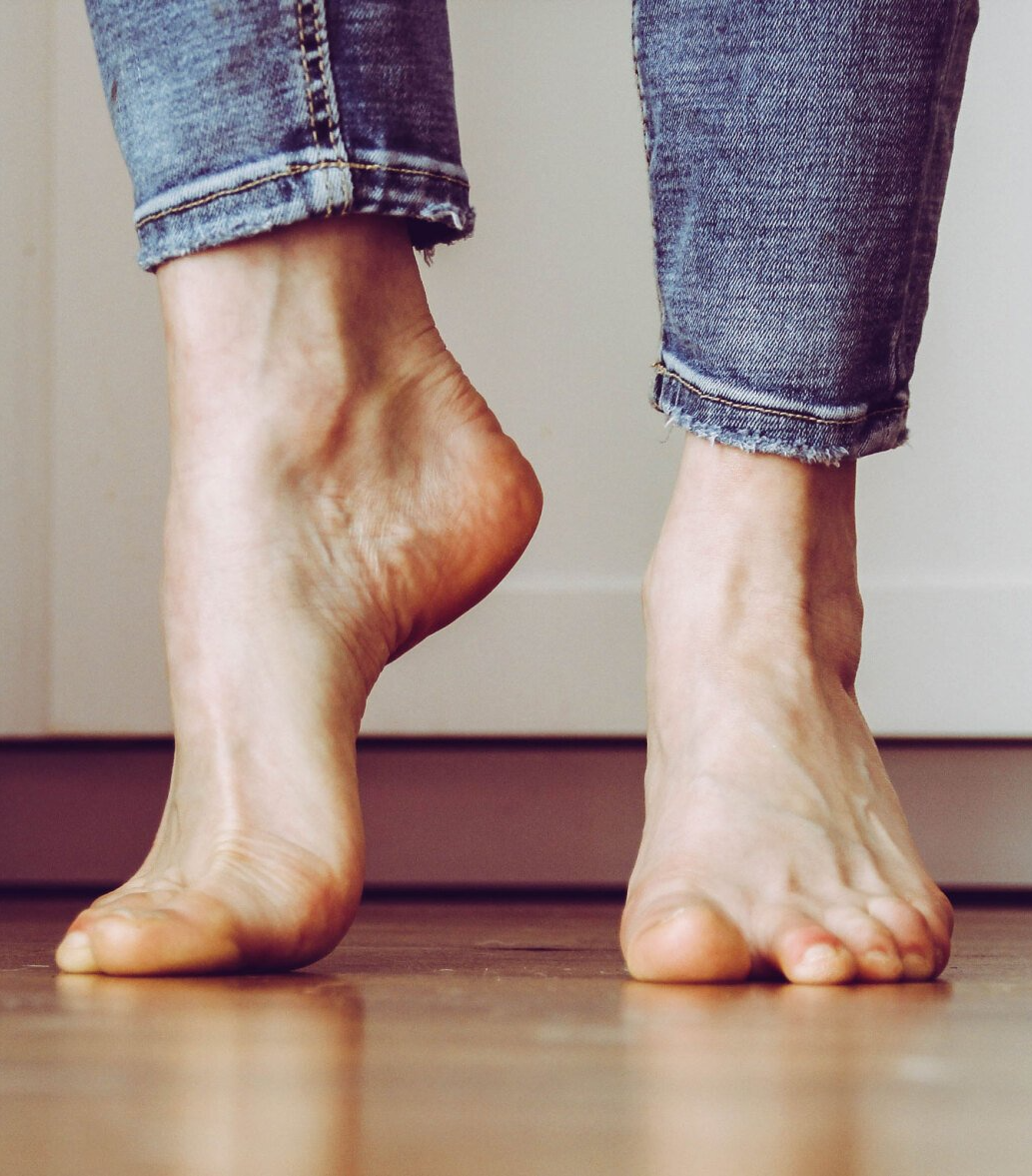Flat feet Treatment
People with normal, fully- developed foot arches have a notable upward curve in the middle of the foot. When arches develop fully, the tendons and ligaments in the foot and lower leg help provide support and stabilize it. Flatfeet—also called fallen arche—occurs as the result of an undeveloped or collapsed arch. Most cases of flat feet are hereditary and are present from birth. In other cases, flat feet can develop after an injury or overuse.
Flat feet is a common and usually painless condition in children, though it can cause some arching pain in adolescents and adults. For adults, pain may occur during or after physical activity and there may be some dull pain after long periods of rest. The cause of fallen arch is simple: the tendons and ligaments that support the arch weaken and collapse due to too much stress or overuse.
Signs and Symptoms of Flat feet
Children whose arches do not develop aren’t always affected by flat feet. However, some cases of flatfeet can cause problems in other areas of the body—flatfeet has been shown to throw joints out of alignment.
While many adults do not exhibit any outward signs or symptoms that indicate flat feet, some people may feel some arch pain. More often than not, flat feet causes noticeable fatigue in the arches, heels, knees, or lower back. Other common symptoms of flat feet include:
- Feet that ache
- Swollen feet
- Difficulty moving the foot
- Back or leg pain
Testing for Flat feet
To find out if you have flat feet, there is a simple test you can do on your own—all you need is a concrete surface and some water. Start by getting your feet wet, then stand normally on a flat surface. Then, step away from the imprints and evaluate the step marks. People with normal arches will see an imprint with the inside curve of the foot missing. People with flatfeet will see the entire imprint of the bottom of the foot.
Treatments We Offer
Treating flat feet medically depends on the severity and cause of the problem. It’s important to have flatfeet examined by a podiatrist, because it can lead to more serious problems like heel spurs, ankle or knee pain, or arthritis. When flatfeet cause severe pain or begin contributing to other conditions, your doctor may suggest one or more of the following treatments:
- Orthotic devices
- Stretching exercises
- Supportive shoes
- Physical therapy
When pain or foot damage becomes severe, your doctor may recommend surgery. Contact your podiatrist today for more information or to set up a consultation.

